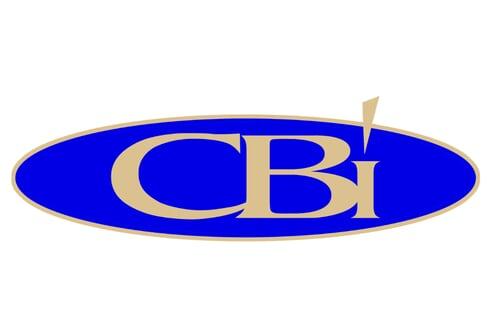Good Maintenance Practices
Maintaining dental equipment is crucial for ensuring it functions properly, lasts longer, and meets hygiene standards. Here are some tips to keep your dental equipment in top condition:
1. Regular Cleaning
- Daily Cleaning: Clean dental equipment after each use to remove debris, saliva, and blood. Use appropriate cleaning solutions recommended by the manufacturer.
- Ultrasonic Cleaners: For instruments with intricate parts, use ultrasonic cleaners to remove debris from hard-to-reach areas.
- Wipe Down Surfaces: Regularly wipe down the exterior surfaces of larger equipment like dental chairs, lights, and delivery systems with disinfectant.
2. Sterilization of Instruments
- Autoclaving: Sterilize all reusable instruments using an autoclave after each patient. Ensure the instruments are properly dried before storage to prevent rust and corrosion.
- Packaging: Use sterilization pouches to keep instruments sterile until they are needed. Date the pouches to keep track of the sterilization date.
3. Handpiece Maintenance
- Lubrication: Lubricate dental handpieces after each use and before sterilization. This prevents rust and ensures smooth operation.
- Sterilization: Follow the manufacturer’s guidelines for autoclaving handpieces, ensuring they are properly lubricated before and after.
- Check for Wear: Regularly inspect handpieces for signs of wear, such as reduced performance or unusual noises, and address issues promptly.
4. Air and Water Line Maintenance
- Daily Flushing: Flush air and water lines daily to prevent biofilm buildup and ensure a clean water supply.
- Waterline Cleaners: Use specialized waterline cleaning solutions regularly to disinfect and maintain the lines.
- Replace Filters: Change water filters as recommended by the manufacturer to ensure a clean and safe water supply.
5. Compressor and Suction System Care
- Drain Air Compressor Tanks: Daily or after each use, drain the air compressor tanks to remove moisture, which can cause rust.
- Clean Suction Lines: Flush and disinfect suction lines daily to prevent clogging and bacterial growth.
- Replace Filters and Traps: Regularly change filters and amalgam traps to maintain suction efficiency and comply with regulations.
6. Calibration and Testing
- Regular Calibration: Ensure equipment like x-ray machines, ultrasonic scalers, and other diagnostic tools are calibrated regularly to maintain accuracy.
- Test Sterilizers: Perform spore testing on autoclaves and other sterilization equipment regularly to confirm they are working correctly.
7. Check and Replace Worn Parts
- Inspect Moving Parts: Regularly inspect the moving parts of dental chairs, lights, and delivery units for wear and tear. Replace parts as needed to avoid breakdowns.
- Monitor Tubing and Connections: Check tubing, hoses, and connections for cracks, leaks, or wear and replace them promptly to maintain proper function.
8. Proper Storage
- Store Instruments Correctly: Store sterilized instruments in a clean, dry, and dust-free environment to maintain their sterility.
- Cover Equipment: Use protective covers for larger equipment when not in use to prevent dust buildup and contamination.
- Always use cleaning agents, lubricants, and replacement parts recommended by the manufacturer to avoid damage.
9. Regular Professional Servicing
- Scheduled Maintenance: Arrange for regular professional servicing of critical equipment like autoclaves, x-ray machines, and compressors to ensure they are functioning optimally.
- Documentation: Keep detailed records of maintenance and servicing activities for each piece of equipment. This helps in tracking the history and scheduling future maintenance.
10. Training and Education
- Staff Training: Ensure all staff members are trained on proper cleaning, sterilization, and maintenance procedures for the equipment they use.
- Updates: Stay informed about new maintenance techniques, equipment updates, and industry standards to ensure best practices are followed.
By following these tips, you can keep your dental equipment in excellent condition, ensuring a safe and efficient practice that meets both operational and hygiene standards.





